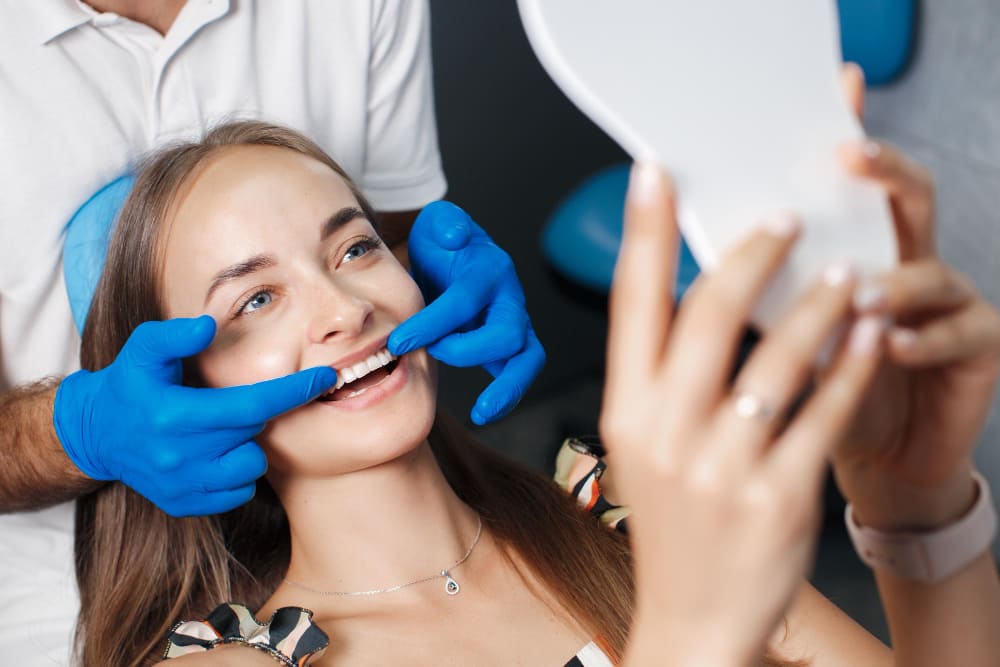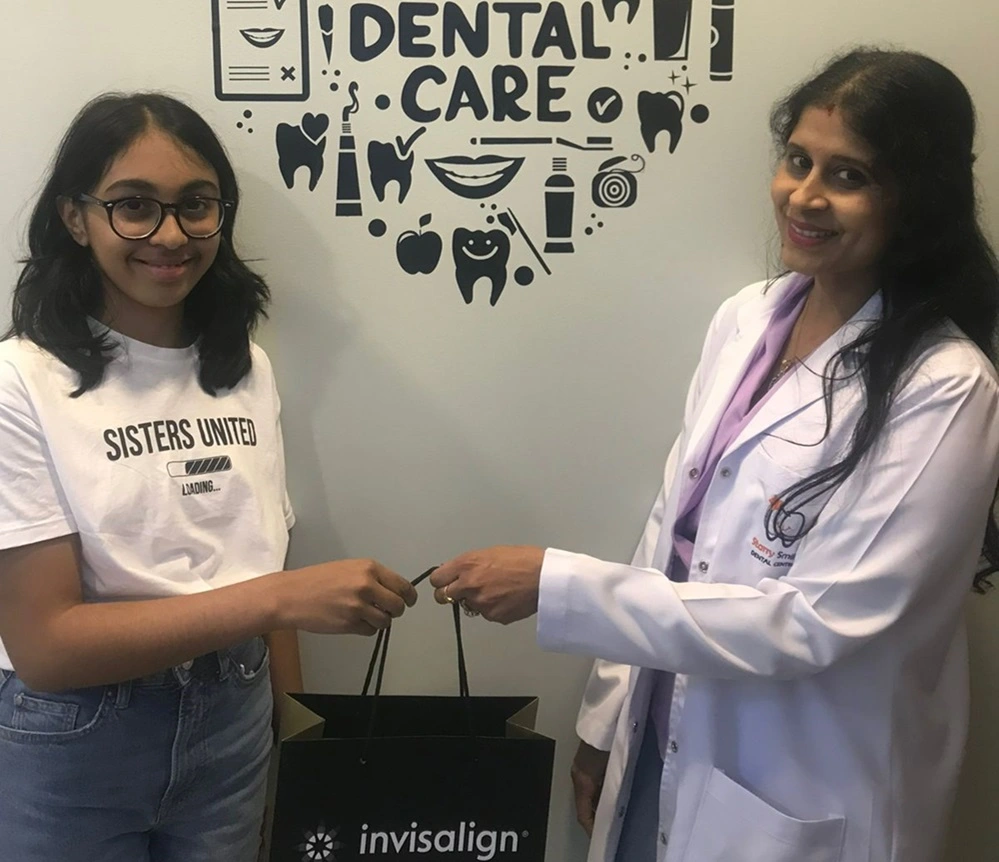

Why are retainers needed after braces or aligners? After completing orthodontic treatment, many people think that they will enjoy their perfect smile for their entire life. However, teeth can shift back to their original position without retainers. This is why retainer wear is critical to maintaining your gorgeous, straight smile. In this article, you will understand the importance of retainers, how they work and how you can take proper care of them. This is a guide you will love if you want to keep your teeth perfectly aligned for many years.
Your teeth move to their perfect position thanks to the work braces and clear aligners do. However, after the treatment, your teeth are still prone to relapse. This is referred to as orthodontic relapse. Retainers help your teeth from moving by keeping them in place while your gums, bones and ligaments adapt to the new place they are holding.
And without a retainer, all those months (or even years) of orthodontic treatment may be wasted. That’s why wearing a retainer is as critical as wearing braces or aligners.
There are two primary types of retainers:
Orthodontists recommend the best type of braces for your individual needs, as each type has its merits. Get details about Invisible Braces in Dubai.
After braces or aligners are removed, orthodontists typically advise that you wear a retainer full-time for 3 to 6 months. Most people can then downshift to wearing them just at night.
However, others may need to wear a retainer for a number of years or even a lifetime to keep their results. The longer that you keep the retainer on, the greater your success in retaining the teeth in place. Know about Clear Braces in Dubai.
Even a brief period of skipping your retainer can have implications. Here’s what can happen:
The key to preventing this is to listen to your orthodontist and wear your retainer as required.
Basic Care Tips for Maintaining Your Retainer:
For Removable Retainers
For Fixed Retainers
Maintaining your retainer will also help keep it in good working condition. Get details about Invisalign Aligners in Dubai.
With time, retainers can become worn out or lose their shape. Here are some signs you might need a replacement:
If you have any of these problems, make an appointment with your orthodontist to get a new retainer.

Your orthodontic experience doesn’t end once your braces come off, it carries on with a retainer. Retainers are specific tools designed to keep your new smile and keep your teeth from migrating. Make sure your hard work doesn’t go to waste! Wear your retainer and take care of your smile for a lifetime.
The majority of orthodontists suggest full-time retainer use for the first 3 to 6 months. Normally, you can then transition to wearing it only at nighttime to keep up your results. Others may need a retainer for life to keep teeth from shifting.
Once you stop wearing your retainer your teeth may start moving back to the original position, and this results in unwanted straightening. This phenomenon is known as orthodontic relapse. In extreme cases, you may need to wear braces or aligners again to reposition the movement.
For removable retainers, use a soft toothbrush with mild soap (never toothpaste) to clean them every day. With fixed retainers, use a floss threader or water flosser to get plaque away from the wire. Do not use hot water as it may damage the fabric.
Removable retainers must be taken out while eating, as they can become easily damaged. Unlike with fixed retainers, which are bonded to your teeth so that you can eat as normal. Just be careful with hard or sticky foods that can loosen the wire.
If your retainer cracks, no longer takes its shape or feels loose, it’s time for a new one. And if your teeth begin to shift, see your orthodontist to determine if you need an adjustment or a new retainer.